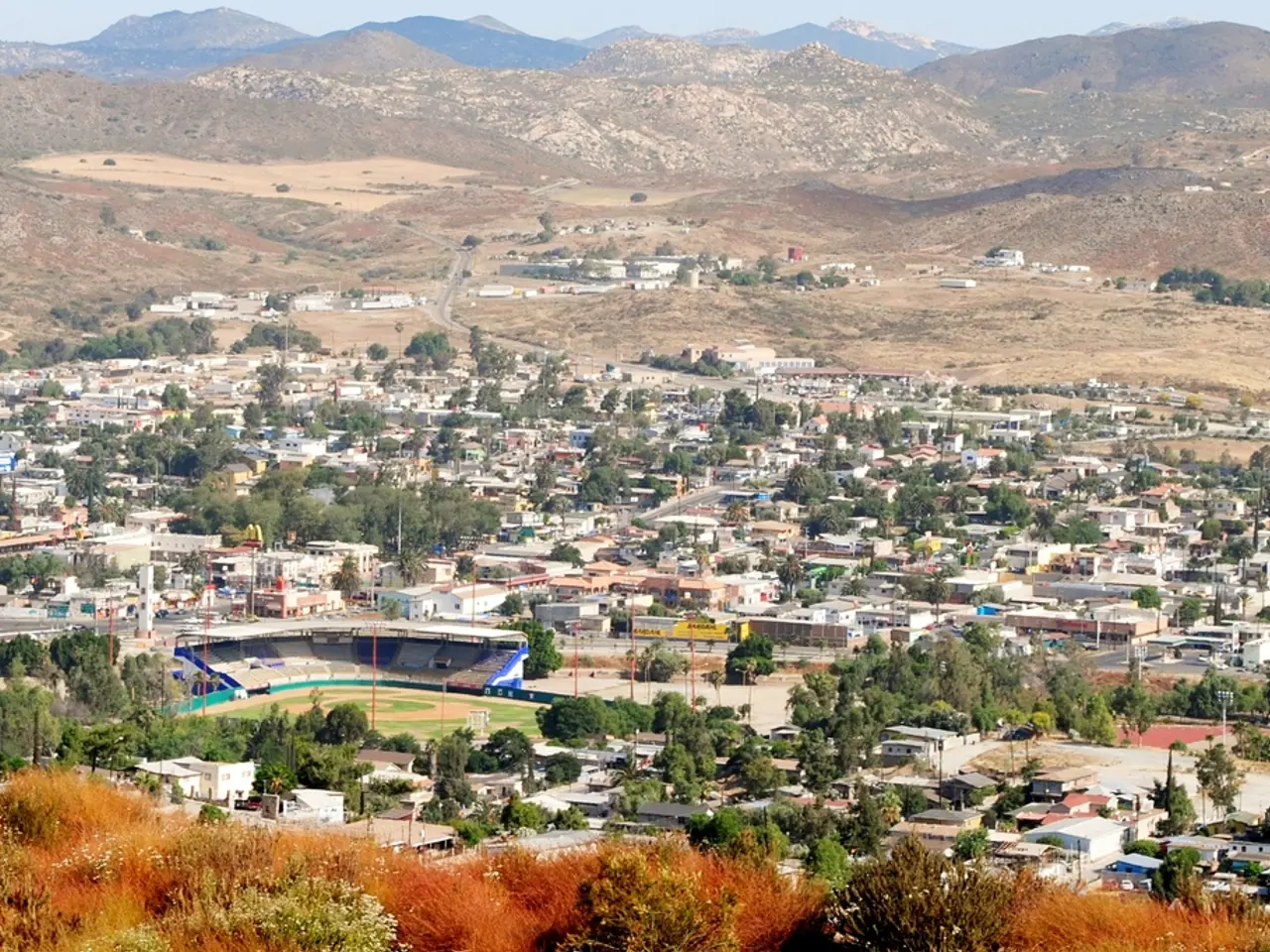Unforeseen Factors: What isn't a key contributor in political party shift?
In the ever-evolving world of politics, party realignment plays a pivotal role in shaping the political landscape. This significant shift in party affiliations and voter loyalties is not a fleeting phenomenon but a long-lasting process that requires a comprehensive understanding of the contributing factors.
Historical examples, such as the New Deal Coalition, the Southern Strategy, and the Reagan Revolution, demonstrate the lasting effects of party realignment on the political system. However, it's essential to delve deeper into the factors that drive these shifts.
Ideological shifts, socioeconomic changes, and cultural factors are the primary drivers of party realignment. Generational changes, cultural shifts, and the influence of social movements can drive ideological shifts, while economic factors such as changes in income distribution, job opportunities, and social mobility significantly influence voters' perceptions and priorities.
During periods of economic prosperity, voters may prioritize other issues such as social welfare or environmental policies. Conversely, during times of economic downturn, voters may be more likely to support parties that promise economic stability and job growth. Socioeconomic factors, therefore, play a crucial role in shaping voters' party preferences during party realignment.
Cultural factors, such as changing societal norms and attitudes, also contribute to party realignment. Shifts in public opinion on issues like civil rights, gender equality, and environmental conservation can influence voter behaviour.
However, it's essential to note that minor contributing factors exist. These include internal party factionalism, specific issue salience (like immigration), behavioural partisan biases affecting social sorting, and party organizational factors that influence political stability and citizen engagement.
For instance, extremist factions within political movements can lead to splits or prevent unification, causing realignments at a party organizational level rather than driven directly by broad socioeconomic trends. Similarly, particular political issues can catalyse party realignment in ways not strictly reducible to socioeconomic or broad cultural identities.
In conclusion, while socioeconomic (income, education, class) and cultural (race, ethnicity, values) factors remain the key drivers of party realignment, minor factors such as internal party factionalism, specific issue salience (like immigration), behavioural partisan biases affecting social sorting, and party organizational factors also play a role. Understanding these factors can provide valuable insights into the evolution of party affiliations and voter loyalties.
Parties that effectively communicate their platform and connect with voters' concerns are more likely to gain support and potentially shift the political landscape. As we navigate the complexities of the political landscape, it's crucial to keep these factors in mind to gain a comprehensive understanding of party realignment.
[1] Factionalism within parties and extremist influences [2] Issue-specific dynamics [3] Partisan behavioral patterns related to non-ideological factors [4] Political party organizational strength and institutionalization [4] Political factors, while less significant, can influence party realignment. Examples include incumbency advantage, political scandals, and campaign strategies.
- In the realm of politics and general-news, understanding the impact of factionalism within parties and extremist influences on party realignment is crucial in gaining a comprehensive insight into party shifts.
- Exploring the role of political party organizational strength and institutionalization, alongside issue-specific dynamics and partisan behavioral patterns related to non-ideological factors, can further enhance our comprehension of how politics is shaped during party realignment.




